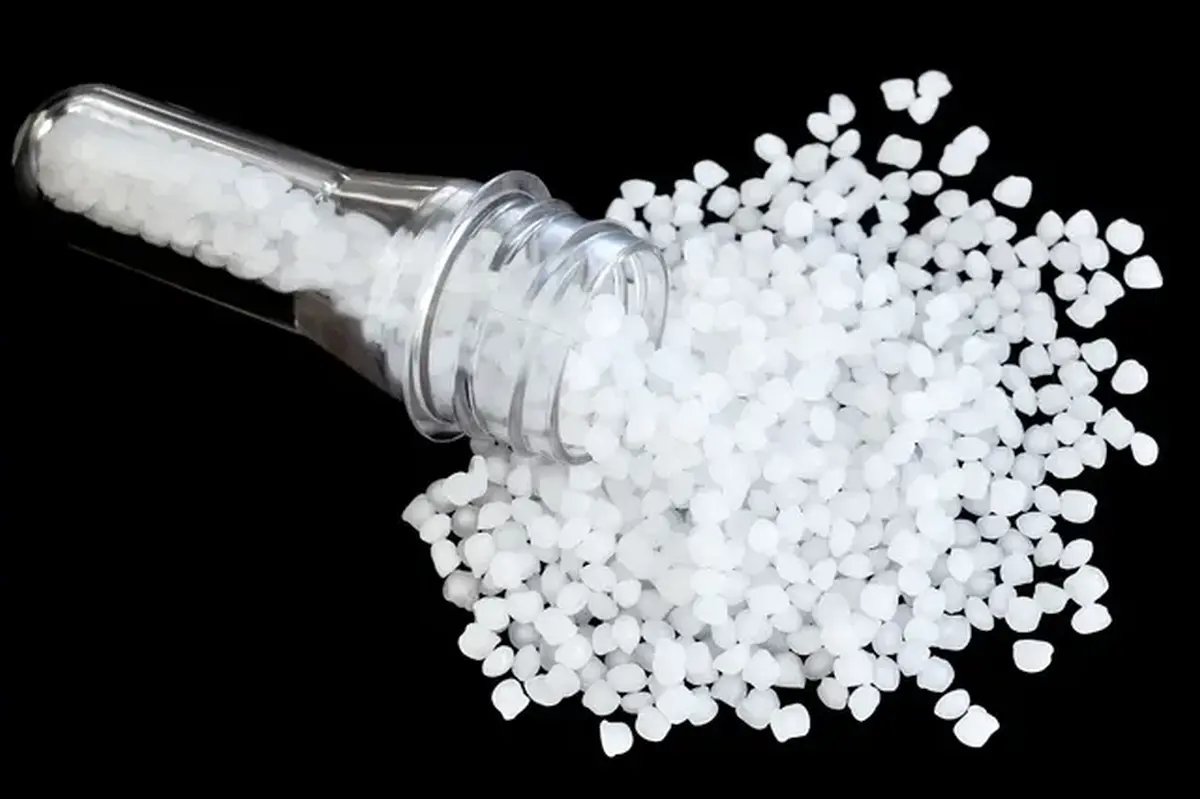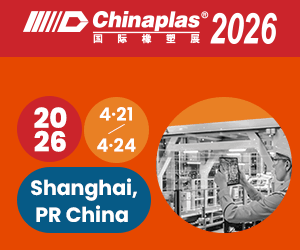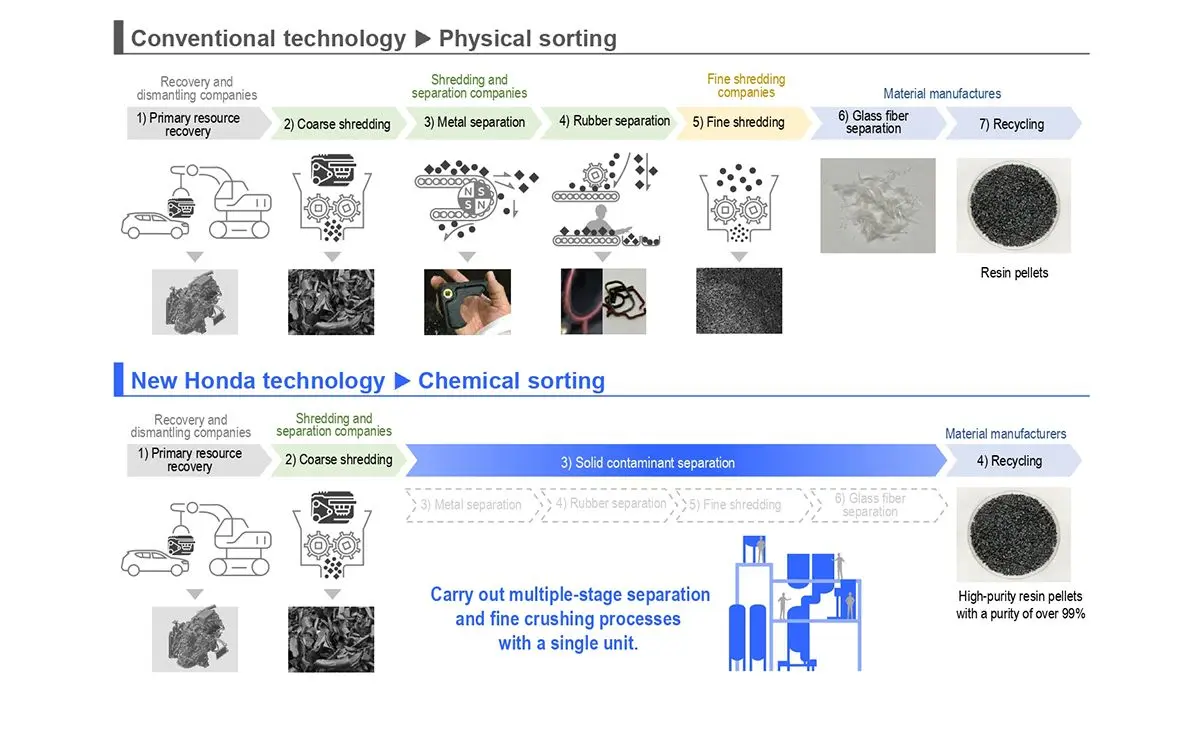Have you ever looked at something plastic and thought, “It all looks the same?” It’s an easy mistake to make. In actuality, different materials and their properties suit various applications.
Perhaps the most versatile thermoplastic — polypropylene — is widely used for its strength and cost-effectiveness. It is used in everything from packaging and household items to automobiles and industrial applications. Let’s take a deeper look at polypropylene’s purpose and popularity.
The evolution of polypropylene
Though it may seem like a modern resin, polypropylene dates back nearly 75 years. While experimenting with catalysts and monomers in 1951, Giulio Natta, an Italian chemist, and Karl Ziegler, a German chemist, uncovered a unique polymerization process. Their discovery led to the development of high-density polyethylene (HDPE) and polypropylene. By 1957, the first commercial production of polypropylene began. Through the 1960s and 1970s, its popularity grew with further research and advancements in its manufacturing process, sustainability and more. Today, polypropylene is the second largest plastic resin worldwide.
How many types of polypropylene are there?
Polypropylene is generally classified into three types:
• Homopolymer: a single, repeating monomer on a molecular chain
• Block copolymer: two or more distinct blocks of monomers in a molecular chain
• Random copolymer: multiple monomers irregularly placed along a molecular chain
These classifications help determine polypropylene’s compatibility - its ability to blend with other polymers, processing performance, potential additives and environmental exposure.
How is Polypropylene Made?
Making polypropylene resin is a series of complex chemical engineering steps.
1. Decompose naphtha (liquid hydrocarbon)
2. Create propylene
3. Polymerize propylene (under high pressure)
4. Produce polypropylene (pellets/powder)
Turning PP into everyday products means melting polypropylene resin pellets and putting them through one of the following production methods:
• Extrusion: A rotating screw shapes liquefied PP it to a continuous profile
• Injection Molding: PP is inserted into a mold cavity shaped like the final component
• Blow Molding: Compressed air is blown into a sealed mold to expand PP and force it into shape
• Thermoforming: Thermoplastic sheets of PP are shaped into three-dimensional products
• Fiber Spinning: PP is threaded through tiny holes to create lightweight, durable polypropylene fibers
What are polypropylene properties? How is it used?
Polypropylene's use is not only widespread but also environmentally friendly, a key factor in today's world. By adjusting the molecular weight of its formula, polypropylene can be used in countless items. Its resistance to abrasion and chemicals, ability to combine with other materials, and glossy finish make it suitable for products that emphasize color and design.
This flexibility means it can be processed into millions of polypropylene products, including:
• Extrusion: Pipes and tubing, ropes, straws, cups, office supplies, packaging film
• Injection Molding: Bottle caps, automotive parts, consumer goods, medical devices
• Blow Molding: Fuel tanks, toys, bottles, sporting goods, garden products
• Thermoforming: Cups, lids, blister packs, laboratory trays, electronics, retail displays
• Fiber Spinning: Carpet, concrete reinforcement, nonwoven textiles, permeable fabrics
Polypropylene FAQs
Q: Is polypropylene waterproof?
A: It is water resistant but not entirely waterproof.
Q: Is polypropylene UV resistant?
A: Compared to other plastics, polypropylene is UV resistant, but its level varies based on additives, processing and environmental conditions and more. Extended UV exposure can cause discoloration and product weakness.
Q: Is polypropylene recyclable?
A: Yes! Polypropylene is one of the most recycled plastics worldwide. It contributes to the circular economy and is vital to sustainable waste management practices.
Q: What are the disadvantages of polypropylene?
A: Despite its flexibility of use, polypropylene has some drawbacks. It has difficulty bonding with other materials, is highly flammable and may appear opaque in appearance.
Q: Is polypropylene plastic safe?
A: Absolutely! When used appropriately, polypropylene is considered a reliable and safe solution.






